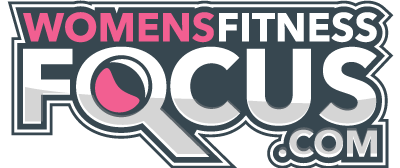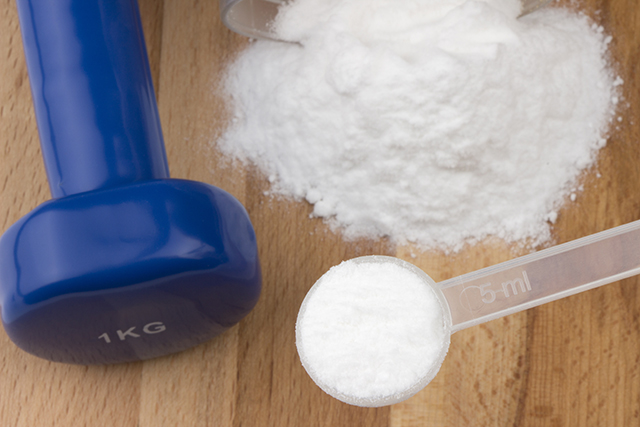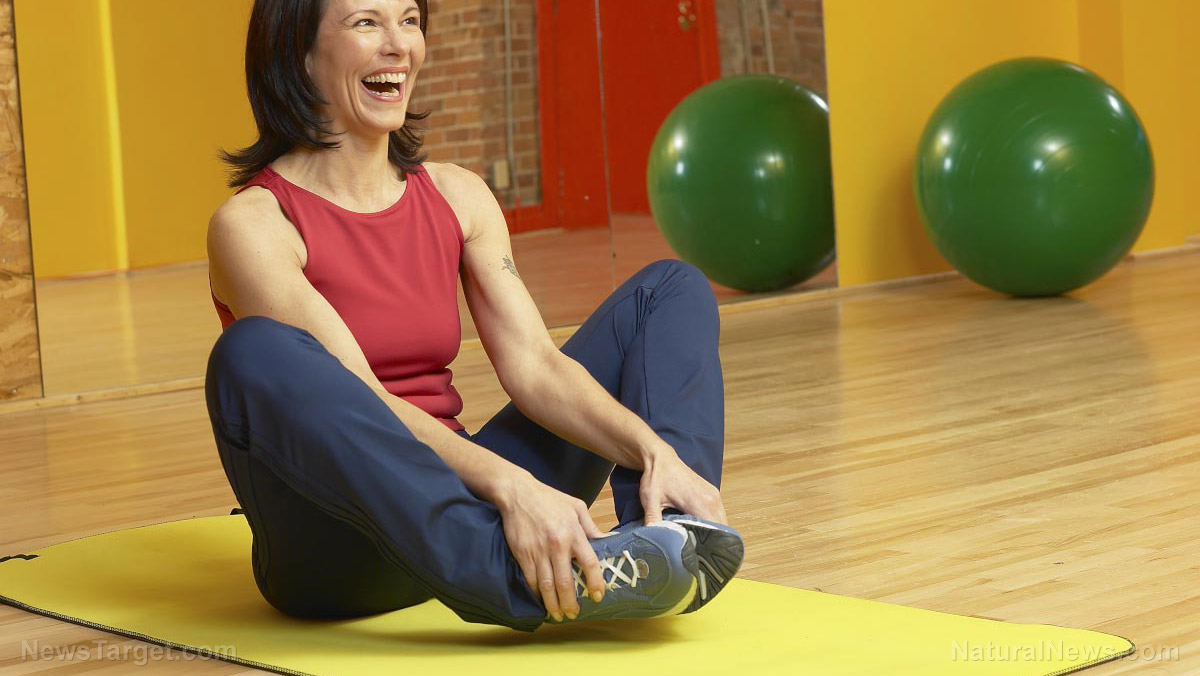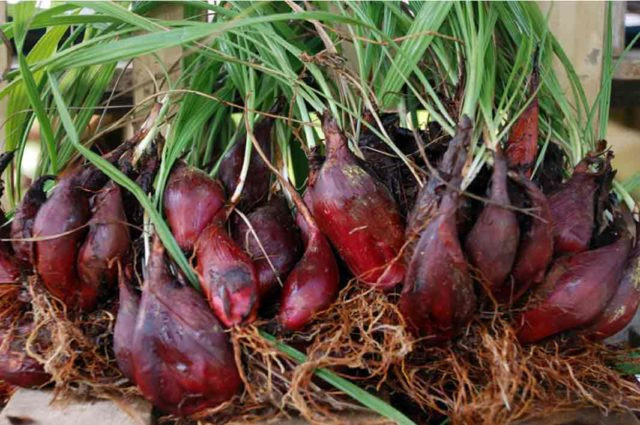Quality of diet and exercise found to predict effectiveness of workouts: How to decrease fat, increase muscle mass
09/24/2018 / By Vicki Batts

It’s no secret that what you eat is an integral aspect of living a health-conscious life and maintaining your well-being. But science continues to show that it’s not just what you eat, but rather how you eat. Two recently published peer-reviewed studies led by researchers at Skidmore College in Saratoga Springs, NY have all but confirmed the fact that both diet quality and proper nutrient timing can have a tremendous impact on your fitness goals.
Is your diet helping or hurting your path towards a healthier, fitter life? According to scientists, what you eat (and when you eat it) can have a substantial impact on the results you get. While the tried-and-true rule of “calories in, calories out” still holds water, research has shown that protein timing and other tips and tricks can actually help foster better results — at least when it comes to burning fat and building muscle.
Previous research has indicated higher protein diets can be helpful as you age, but it turns out you can reap the benefits of a bit more protein while you’re young too.
Both studies were led by Skidmore College exercise scientist Paul Arciero — who is a fellow with the American College of Sports Medicine and the Obesity Society, and also has a place on the advisory board for the American Heart Association.
One of his more recent studies was published by the journal Growth Hormone and IGF Research. The study examined the benefits of protein-timing, resistance training and other aspects of the “PRISE” dietary concept developed by Arciero and his team. PRISE stands for Protein pacing, Resistance, Interval, Stretching and Endurance.
Under Arciero’s diet scheme, some study participants were asked to consume approximately 0.8 g of protein per pound of body weight per day (or, two grams of protein per kilogram of body weight). So, a 150-pound man would be asked to eat roughly 136 to 137 g of protein each day. The protein-pacing group was also reportedly instructed to eat a diet rich in antioxidants. But that’s just the nutrition aspect: They were also asked to engage in a number of physical activities including resistance, interval, stretching and endurance exercises.
A total of 20 men participated, all were between the ages of 30 and 65. The average BMI (body mass index) for the group was 25, while the average body fat percentage was 26 percent. All participants were reportedly described as “physically fit” and self-reported data indicated they worked out at least four times a week prior to the study.
The men were divided into two groups: One group only participated in the study’s exercise regimen, while the other group completed the multi-modal exercise regime along with the protein-pacing requirement.
Ultimately, the team found that the protein-pacing, antioxidant-eating group showed greater improvements in strength, power, flexibility and aerobic endurance compared to the exercise-only group.
In 2016, Arciero and his team conducted a similar study using a cohort of 30 active women. That study boasted similar results, with women following PRISE outpacing the results seen by exercise-only counterparts.
Commenting on the studies’ findings, Arciero stated, “Whether your goal is to improve fitness or heart health, the quality of your diet and a multi-dimensional exercise training regimen (PRISE) can make all the difference.”
“It’s not about simply eating [fewer] calories and doing more exercise. It’s about eating the right foods at the right time and incorporating a combination of exercises that most effectively promotes health and fitness,” he continued.
Three earlier studies by Arciero and his cohorts have also pointed to the importance of nutrition in achieving better fitness. His previous studies have shown that protein timing can help with improving physical fitness, building lean mass, reducing body fat and decreasing blood sugar, insulin and cholesterol levels.
Of course, healthy eating isn’t just for fitness — it’s for life. Studies have shown that good nutrition is most essential for children and their growing minds.
Sources for this article include:
Tagged Under: Diets, eating habits, exercise, fitness, healthy eating, longevity, natural solutions, nutrition, organics, prevention, slender, weight loss




















